When you think of a face mask, what comes to mind? Is it construction, filtering particulate while you’re grinding stone or cutting wood? Is it illness, with surgical masks meant to keep yourself or others around you safe? Or is it cold weather, to keep your face warm against the winter’s chill?
Cold weather can do a lot to damage your body, from drying out your lips and nose, to chilling and drying your lungs. It’s worth considering, especially when the weather turns cold, snow hits the ground, and your life still takes you outside for extended periods.
The Benefits of a Cold Weather Mask
Wearing a mask in cold weather has a few obvious benefits, and a few not-so-obvious ones as well.
First of all, obviously enough, a face mask keeps you warm against the elements. Ambient chill can leach warmth right out of your body, but a mask help insulate you against that chill. If the air is moving, be it a light breeze or a winter windstorm, a mask also helps to prevent windburn.
Secondly, a mask can help prevent possible skin damage. Windburn is just one source of damage; cold can burn just as much, and frostbite tends to affect extremities more readily than other parts of the body. One of the most common victims of frostbite is the nose, in face, and wearing a mask can help keep that sensitive bit of skin and cartilage warm and healthy.
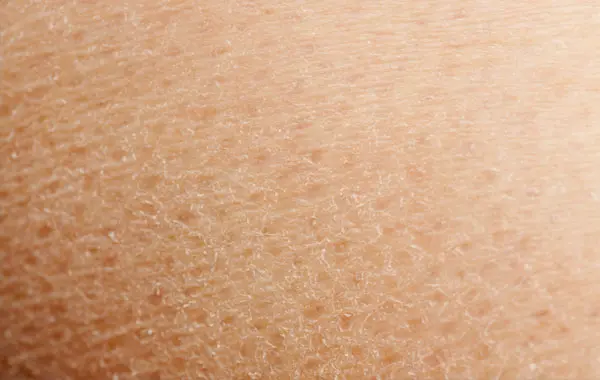
In addition to cold, you might consider sunlight. On sunny winter days, even if it’s still out, wearing a mask can be vital to protect yourself. It’s not always obvious, but sunburn can happen even when it’s cold out. Sunburn is caused by UV light, which isn’t affected by the changing seasons. Moreover, if you’re in a snowy area, fresh white snow can reflect light and actually make sunburn worse than if it was just bare ground. A mask, as a physical barrier, can protect some of your skin from the ravages of the winter sun.
Third, wearing a mask in cold weather helps prevent cold stress. Cold stress is the stress on your body you experience when you’re cold, especially when you’re very cold. Your body expends energy to keep itself alive and going, and in extreme circumstances may withdraw energy from extremities to keep core parts of you going. While this isn’t exactly what happens when you’re a little chilled, it’s still putting your body under some level of stress.
When your face is cold, your body believes it’s colder than it might actually be. You certainly feel colder, that’s for sure. This perception that you’re extremely cold when you’re only a little cold can be solved by wearing a mask and, well, not being cold.
Another benefit is that a mask can keep your skin, mouth, and mucous membranes moist. In cold weather, the air is generally devoid of moisture and humidity. As you breathe in cold air and expel warmer air, you’re also expelling moisture. Over time, your body starts to dry out somewhat.
The parts most susceptible to this drying action are sections of your face. Your eyes can dry out, making it more painful to blink. Your nose can dry out, and the soft mucous membranes in your nose and sinuses can grow brittle and painful until they warm back up. During prolonged cold exposure, this can even lead to cracks in the skin. Some people even experience nosebleeds in very dry conditions. Your lips can dry and crack, and your mouth dries out. Continuing to breathe, as you must to survive, your throat and even lungs can dry out as well.
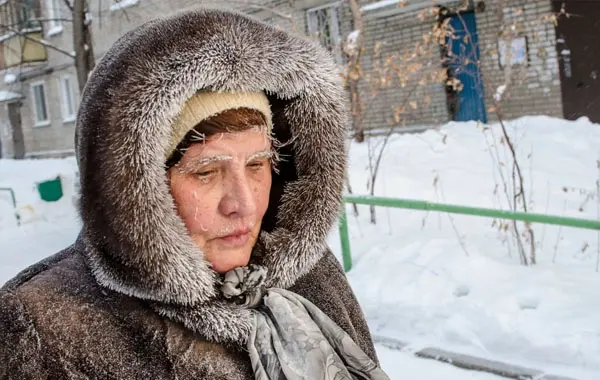
This can lead to cold-induced coughing and a sore throat. Under normal conditions this might be fixable with a bit of warmth and moist air, but it can also transition into a more dangerous situation. Coughing can exacerbate asthma, and the dry mucous membranes and cracked skin are vectors for infection. This is why every autumn and the start of winter is always when a cold goes around. In addition to being exposed to more disease, and having more vectors for that disease to enter your system, your body is also fighting to maintain warmth. That’s energy it can’t expend on your immune system.
Another consideration, in some circumstances, is that you may be faced with OSHA compliance. OSHA regulates workplace safety, and in cold workplaces, they have guidelines for what kind of protective clothing workers should wear. Masks are generally at least part of the recommendation, typically a knit mask that covers the face and mouth to keep moisture in and cold air out.
Different Types of Masks
There are a lot of different kinds of masks in different styles available. Many of them can be beneficial for cold weather, but not all of them.
For example, the basic paper surgical mask is designed to prevent the user from spreading germs. The thin material is sufficient to prevent some airborne transmissions from the wearer, but it does nothing to insulate you against the cold or from airborne contaminants. In fact, as it moistens up with your breath, it can become an even better conductor of temperature, and leech warmth away from your face that much faster. According to 3M’s environmental safety division:
“Surgical masks do not have either adequate filtering or fitting attributes to provide respiratory protection for the wearer. They are designed to help prevent contamination of the work environment or sterile field from large particles generated by the wearer (e.g. spit, mucous). Surgical masks may also be used to help reduce the risk of splashes or sprays of blood, body fluids, secretions and excretions from reaching the wearer’s mouth and nose.”
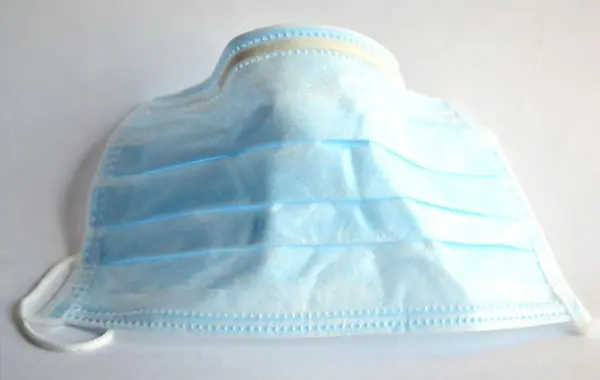
For cold-specific gear, you can find half masks quite often. These masks wrap around the lower part of the face, protecting cheeks, chin, mouth, and nose from the cold weather. They are generally meant to be worn alongside some kind of warm hat to cover the top part of your head, and they may or may not cover the ears.
This kind of mask is great for moderate cold, but the fact that it often leaves a gap around the sides of your head and potentially under the chin and neck can be an annoyance. Sure, you can wear a larger hat with floppy ear flaps, or a scarf for your neck, but then you’re just wrapping five different items around your head.
Larger masks exist to cover from the neck up. These are like the neck of a turtleneck, stretching from collar to the bridge of your nose. They are a lot warmer than a normal half-face mask, and can be a great alternative to wearing a scarf on top of everything else.
Ski masks are another step up. They tend to cover the whole head, but aren’t thick enough to provide all of the warmth you need for most cases, so you often wear a hat along with them. They have cutouts for your eyes and for your mouth, though. This means they protect your nose, but they don’t protect your mouth, throat, and lungs.
Above that, you have the balaclava style mask. These are similar to ski masks, but they cover the mouth as well. They are the warmest masks, and they offer as much protection as possible from the elements in a single piece of gear.
A traditional balaclava is usually knit, large and fluffy, and can be worn in a variety of ways, from a neck covering to a hat to a mask. More modern balaclavas are much more like ski masks, worn over the head entirely in one fashion only.
What to Consider When Choosing a Mask
If you’re looking to pick up a mask to wear in cold weather, you need to make sure you’re picking the right one. There are dozens of different kinds of masks with varying qualities, for different purposes, so it’s crucial that you pick one that suits your needs.
How long are you going to be out in the cold? The longer you plan to be out in the cold, the more coverage and the warmer a garment you will need. This might mean you need a heavier mask, or it might just mean you need to wear other garments along with the mask, like a hat, scarf, or even goggles in the case of outdoor winter sports.
How cold is the cold weather going to be? The colder the weather will be, the better the mask you need to wear. Very cold weather can be dangerous, and in fact, if the temperature is far enough below zero you can suffer frostbite in less than an hour of exposure.
If you’re going to be spending an extended amount of time in cold or very cold weather, you want a mask that is as impermeable to wind and moisture as possible. You also want to wear other protective gear. A good, warm hat is one of the best pieces of gear you can buy, and a scarf can help make up for thin spots in a mask or places where it doesn’t quite cover.

Conversely, if the weather isn’t going to be very cold, just unpleasantly so, a basic face mask and a light hat can be plenty. Simply pay attention to extremities like your nose and ears to make sure they never get too cold, and you should be fine. The important consideration in this kind of weather is more the moisture than the warmth.
Will it be windy? Checking a weather forecast in advance is always a good thing, especially if you’re going to be spending a significant amount of time outdoors in the cold and wind. Part of a weather forecast that many people overlook is wind speed and wind direction. It’s not always predictable, but if you can identify if it’s likely to be windy you’re going to experience windchill.
When the wind is gusting or high, it will suck moisture and warmth away from you. This requires more insulation than the temperature alone makes you think is necessary. Make sure that you dress appropriately, including your choice of mask.
Is it likely to be dry or humid? Humidity when it’s cold out makes it feel a little warmer than it is, and also has the potential to bring cold rain or snow along with it. Humid days in the winter mean that moisture loss is less of a consideration, but a mask can still help prevent the kind of loss of warmth that comes with humid air.
If it’s going to be particularly dry, you definitely want to make sure you’re wearing a good mask that keeps moisture in.
What kind of activity will you be doing? If your time spent in the cold is a commute, shopping, or generally moving from place to place, a mask can be a good idea. You won’t likely need a heavy duty balaclava-style mask, but a normal facemask can be plenty.

If you’re going to be spending a significant amount of time outdoors, but aren’t doing anything that involves high speeds or contact with snow, a mid-range mask is more ideal. You want protection from wind and you want moisture retention, but you don’t need total coverage.
If you’re going to be out on a snowmobile or a bike, or if you’re going to be skiing or participating in other winter sports, a more full-head mask is best. You may also want to augment it with other winter garb.
Do you have any concerns about fabric or materials? If you have a reaction to natural fibers, you may want one made of synthetic materials. A hypoallergenic mask is easy to obtain, it’s just something you need to know to look for before you buy. After all, this is something you’re going to be breathing through for the winter; it had better not irritate your throat.
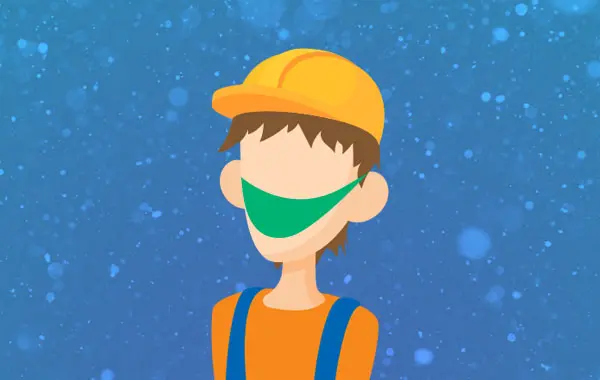
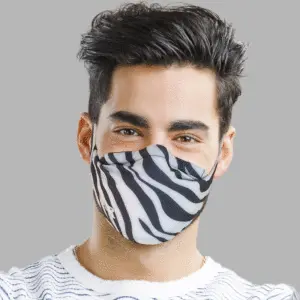
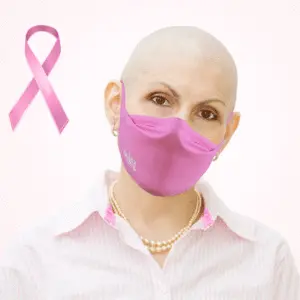

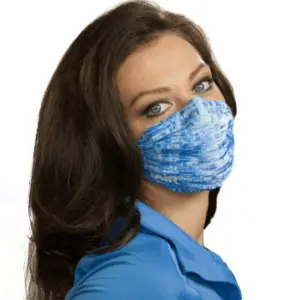
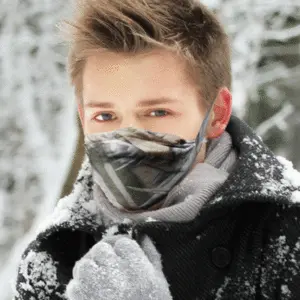
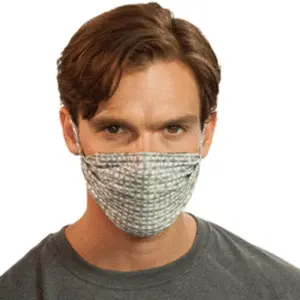
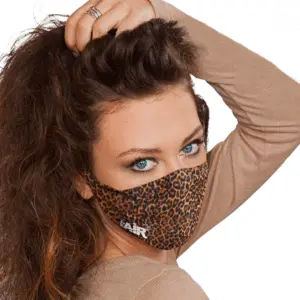
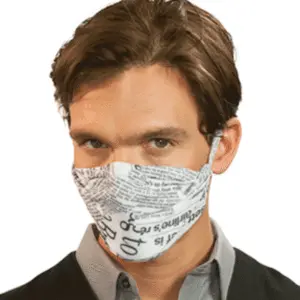



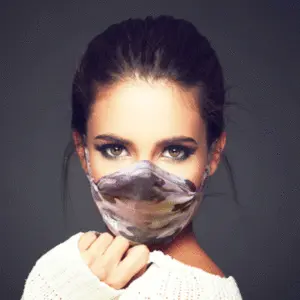
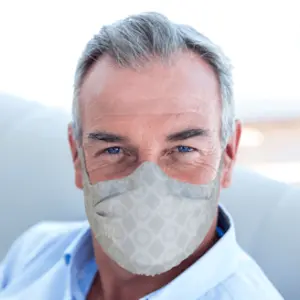
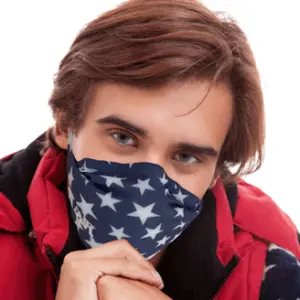

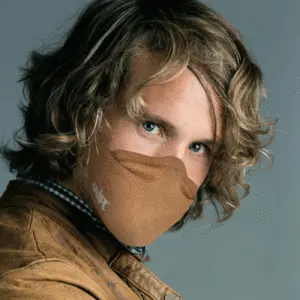

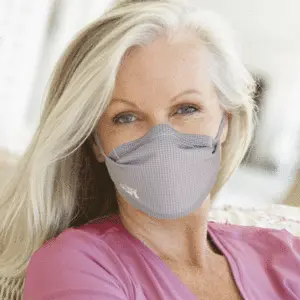
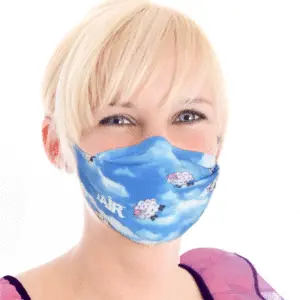
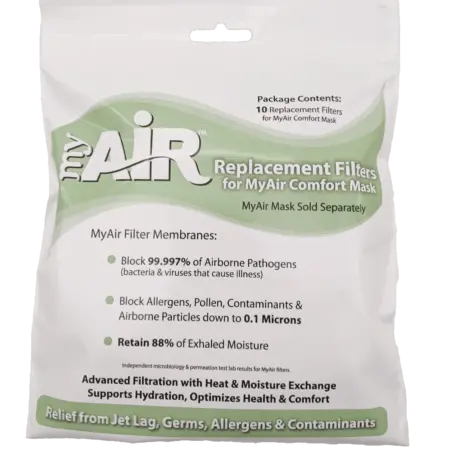
Very informative description of each type of mask. Please include a visual such as a drawing or picture of various kinds.